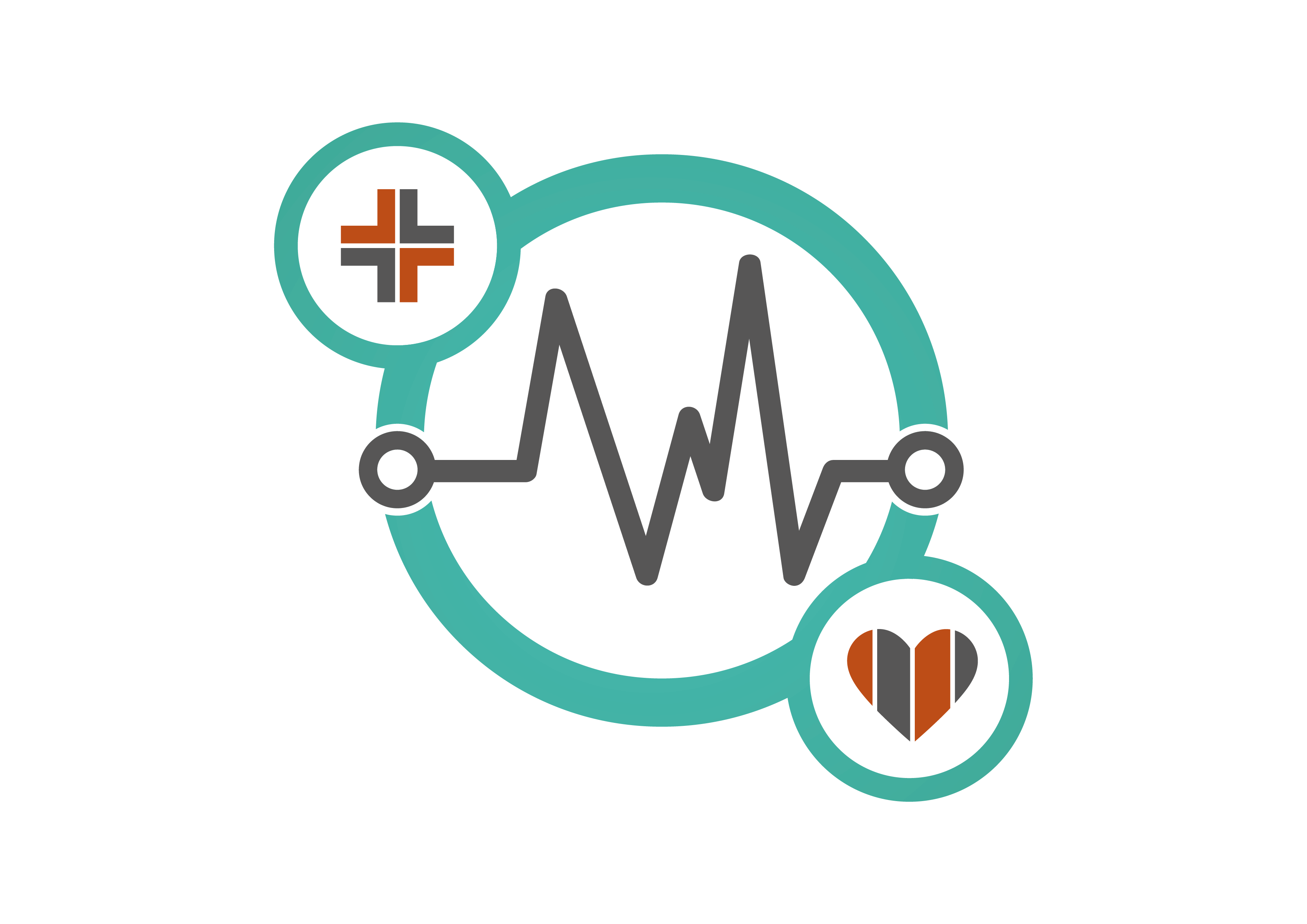Connie McReynolds, Ph.D., Licensed Psychologist, Certified Rehabilitation Counselor, Certified Vocational Evaluator

Attention deficit hyperactivity disorder (ADHD) has long been perceived as an unsolvable condition, often viewed as untreatable without medications or behavioural interventions. This is all changing now based on the use of a tech hack known as neurofeedback, which is an effective treatment for symptoms of ADHD or other learning difficulties with long-lasting results.
Neurofeedback combines EEG (electroencephalogram) technology and computers to capture and display nearly instantaneous information (feedback) about a person’s brain waves. Since the process does not involve adding anything to the body, it is considered a safe, effective and non-invasive alternative treatment for ADHD.
EEGs measure brain wave activity using sensors placed on the scalp in specific locations. Similar to an electrocardiogram (ECG or EKG), which uses sensors to measure heart functions, EEG sensors send information to a computer providing real-time feedback about brain wave activities.
When the neuronal pathways in the brain are not making strong connections, learning can be difficult, if not impossible. For example, if there is an interference with the brain’s ability to remember information, it will be more difficult for the person to function effectively in daily life. Fortunately, a person’s brain has the potential to rewire itself.
Using the principles of operant conditioning, learning (change) occurs through reinforcement and repetition to produce desired changes. This means it is possible to improve many kinds of conditions (i.e., ADHD, anxiety, trauma, memory, learning difficulties); conditions that until now have been difficult or challenging to resolve. Through the use of neurofeedback, a person can train their brain to establish more optimal levels of brain functioning, improving their life functioning.
Neurofeedback provides a type of shortcut to boosting brain functions by teaching the person how to better regulate their brain, helping to empower them and build self-awareness. Through this process, it is possible to reduce hyperactivity, improve concentration, focus, attention, memory and enhance learning. Holding the potential for lasting results, once the brain learns a new skill or new way of functioning, it tends to maintain those changes. Consider learning how to ride a bike. Even if you haven’t ridden in years, your brain still remembers how to do it.
Neurofeedback is emerging as a groundbreaking approach offering a beacon of hope for those struggling with ADHD and learning challenges. This non-invasive, effective method leverages EEG technology, specifically designed computer programmes and operant conditioning to empower individuals by helping them harness their cognitive capabilities for lasting change. As neurofeedback continues to gain traction, it holds the promise of transforming health care, providing enduring benefits and new possibilities for those it serves.
Erik Severinghaus, Bloomfilter, Founder and CEO

There is a growing number of adults asking for ADHD diagnosis which creates a big challenge but also gives us chances to come up with new ideas. I will describe several opportunities to use technology to make the diagnoses easier and assist people to handle their lives once they know.
Streamlined self-assessment
Self-Assessment app for smartphones, designed to be easy to use and helps people with questions that may reveal signs of ADHD. This type of application is created so that more grown-ups will feel comfortable getting an official diagnosis and thinking about expert assistance for what they are experiencing.
Telemedicine for accessibility
Telemedicine has changed the way we can access healthcare services. Now, people are able to have video calls with specialists who know a lot about ADHD and get advice and help without leaving their houses. This removes problems with transport and timing, making the search for diagnosis and regular handling much simpler.
Personalised digital solutions
Digital Solutions tailored for ADHD management. These digital tools, accessible on mobile apps, include personalized aids such as reminders to take medicine, tracking tasks and exercises from cognitive behavioral therapy. Moreover, wearable devices provide instant feedback and tracking to assist people in consistently following their treatment strategies.
Community engagement
Technology is very important for creating a community feeling among people with ADHD. There are online forums, support groups and social media places where these individuals can meet, exchange their stories and give each other help. This very important feeling of being together can help a lot when dealing with the difficulties that come from having ADHD.
Finishing up
Technology plays a crucial role in managing the growing number of people seeking diagnosis for adult ADHD and helps support them after they are diagnosed. Easy-to-use self-evaluation tools, remote medical consultations, custom online solutions, and platforms that help connect with others to assist individuals dealing with ADHD will be of much help. We keep our promise to use technology in ways that improve the lives of people as we create new things and change.
Dr Sara Weisenbach, Chief of Neuropsychology at McLean Hospital, Associate Professor of Psychology in Psychiatry at Harvard Medical School and President of the Society of Clinical Neuropsychology (Division 40) of the American Psychological Association

ADHD is a complex condition that presents differently for everyone. In the US, adult ADHD diagnoses are growing four times faster than diagnoses among children. Despite this increase, ADHD remains underdiagnosed in adults, likely in part due to the current diagnostic process relying on symptomology designed for children.
Undiagnosed ADHD has severe implications for a person’s well-being and is a known precursor for comorbid conditions. The overwhelming lack of education and guidance on how to diagnose and treat adult ADHD effectively has played a significant role in the mental health crisis we’re seeing today.
There is too great a variability in the standard of ADHD care. Relying solely on subjective assessments, which can be impacted by bias and lack of historical recall, sets the bar far too low for the standard of care, leaving patients vulnerable to misdiagnosis.
Incorporating evidence-based, technology-driven objective measurements provides an unbiased perspective that offers transparency and clarity for the provider and patient to understand symptoms better and to help with treatment recommendations and optimisation.
Implementing technology for ADHD diagnosis and management into the care model streamlines and sharpens the process. In my practice, I have implemented a stepped-care model to ensure the right patients are referred promptly and correctly. The process includes a blend of subjective and objective measurements for a comprehensive screening before seeking a complete neuropsychological exam.
The stepped care model: Five steps to identifying adult ADHD
- The patient completes an ASRS Self Report Assessment that includes childhood history and assesses current functional impairment of symptoms. If possible, a corroborated report from childhood is encouraged, ideally from a parent, teacher or someone who knew the person as a child or even a report card.
- If the findings from step one indicate possible ADHD, the patient will complete an objective assessment, such as QbTest, to measure ADHD symptoms. With both subjective and objective evidence in place, the clinician makes an informed diagnosis and determines appropriate next steps for the patient.
- At this point, the patient can be referred to another provider or receive further evaluation if an ADHD diagnosis is ruled out.
- If treatment has been initiated, the patient will complete a follow-up objective test within four-six weeks to monitor effectiveness.
- Ongoing objective testing is utilised to monitor symptoms and treatment effectiveness at least once per year.
Good public health management, which is how we need to address ADHD, should screen widely, have defined steps for managing positive cases that include objective technology and provide access to specialty care to those who need it.


